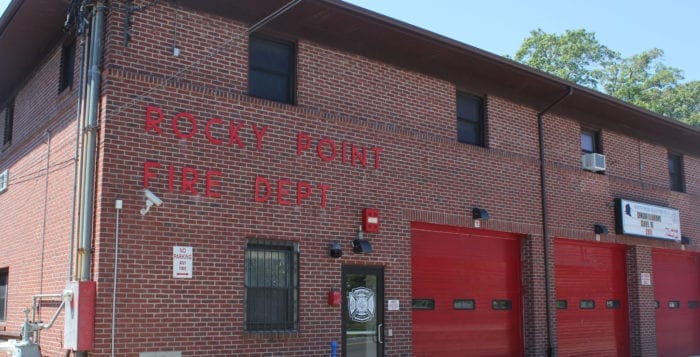By Sabrina Artusa
The Suffolk County Economic Development, Planning & Housing Committee met May 29 to consider, among other business, a resolution designed to increase home ownership.
Resolution 1355, proposed by county Legislator Rob Trotta (R-Fort Salonga) in early April, would obligate owners of developments with more than 20 units to designate at least half of them as owner-only units, either through condominiums or cooperatives.
In an area with notoriously high property taxes — some of the highest in the country — many native Long Islanders are forced to rent due to lack of alternative affordable housing. Trotta hoped that this bill would help people build equity.
The lack of ownership opportunities “is killing the middle class,” Trotta said. Without the option to expand their economic standing through investment, people are forced “to pay $3,000 a month and get nothing in return.”
“Let the people own something, give them pride in ownership,” Trotta added.
The bill further stipulated that a development with more than 20 rentable units will not receive workforce housing funding or be allowed to connect to a Suffolk County sewer district unless half of the units are owner only.
Passage of Bill 1355 would allow Long Islanders to remain without the continuous financial stress of renting, Trotta said.
“This Legislature finds and further determines that there has been a dramatic increase in the construction of multifamily rental units in Suffolk County,” the resolution read.
At the May 29 meeting, the planning and housing committee voted against the bill.
“It is outside of the purview of what we should be doing here in the county and I believe that this is a free capital system. If people want to build apartments to rent, they should be able to do it. If they want to build them for sale, they should be able to do it,” said Presiding Officer Kevin McCaffrey (R-Lindenhurst).
“I don’t think this is very American, what we just did. I think some people should really think about switching parties who just voted to kill home ownership in Suffolk County,” Trotta said.
This is not perhaps a perfect initiative but it is part of an ongoing effort, I believe, of how to keep our elders here … and to provide an opportunity through apartment housing to stay in our communities,” said Legislator Steve Englebright (D-Setauket), the only other proponent of the bill.







